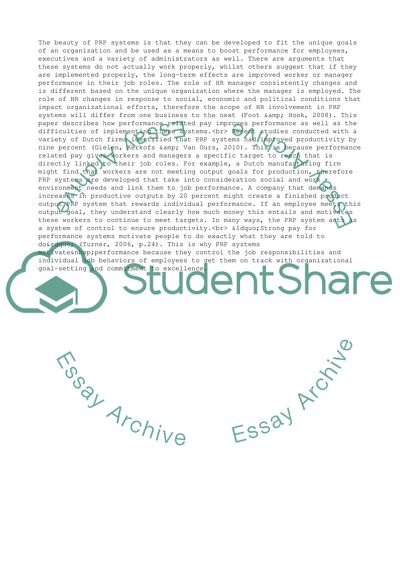Cite this document
(Managing Employee Performance Research Paper Example | Topics and Well Written Essays - 2500 words, n.d.)
Managing Employee Performance Research Paper Example | Topics and Well Written Essays - 2500 words. Retrieved from https://studentshare.org/management/1737391-managing-employee-performance
Managing Employee Performance Research Paper Example | Topics and Well Written Essays - 2500 words. Retrieved from https://studentshare.org/management/1737391-managing-employee-performance
(Managing Employee Performance Research Paper Example | Topics and Well Written Essays - 2500 Words)
Managing Employee Performance Research Paper Example | Topics and Well Written Essays - 2500 Words. https://studentshare.org/management/1737391-managing-employee-performance.
Managing Employee Performance Research Paper Example | Topics and Well Written Essays - 2500 Words. https://studentshare.org/management/1737391-managing-employee-performance.
“Managing Employee Performance Research Paper Example | Topics and Well Written Essays - 2500 Words”, n.d. https://studentshare.org/management/1737391-managing-employee-performance.


